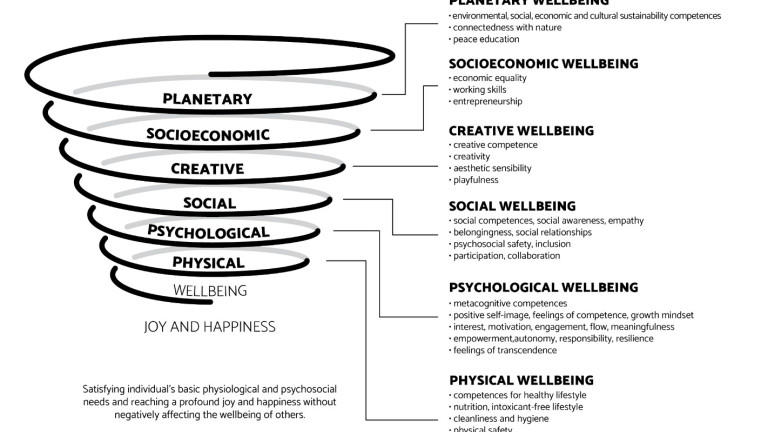Wellbeing in Schools? A New Framework for the Holistic Approach

Responding the holistic wellbeing challenge, the University of Jyväskylä’s Innovative Learning Environments (ILE) research group contributes to this timely conversation with a new open access publication in the International Journal of Wellbeing:
Mäkelä, T., Sinnemäki, J., Kankaanranta, M. H., Fenyvesi, K., Meyers, C., & Kreis, Y. (2025). Towards a framework for conceptualising holistic wellbeing in schools. International Journal of Wellbeing, 15(2), 4473, 1–21. https://doi.org/10.5502/ijw.v15i2.4473
The article introduces a novel theoretical framework that redefines how well-being can be understood and supported in school settings. It opens a critical discussion on what it truly means for a school to be a site of flourishing—for students, teachers, communities, and the planet.
This work is a cornerstone of the EU-funded Joyful Schools Erasmus+ project and lays theoretical groundwork for forthcoming training and policy recommendations. The study is also significant in its methodological contribution, offering a rare example of how a multi-dimensional conceptual framework can be derived through a narrative literature review in the field of educational wellbeing.
What Is New in This Framework?
The framework identifies seven interdependent dimensions of wellbeing in school settings:
• Physical wellbeing
• Psychological wellbeing
• Social wellbeing
• Creative wellbeing
• Socioeconomic wellbeing
• Planetary wellbeing
• Joy and happiness, recognized as foundational affective states that underpin all other dimensions
Rather than treating these categories in isolation, the framework emphasizes their interdependence. Of special note is the inclusion of planetary wellbeing—a category seldom incorporated in school wellbeing models, yet increasingly necessary in light of ecological and climate challenges. The authors argue that school environments are inseparable from the broader ecosystems in which they are embedded, and that any serious attempt to foster wellbeing must address this linkage.
How Was the Framework Developed?
The study applied a narrative literature review, synthesizing insights from 107 scholarly articles. Key search terms were drawn from theories such as self-determination theory (Ryan & Deci), the PERMA model (Seligman), and flow theory (Csikszentmihalyi), while also incorporating Nordic welfare theory (Allardt & Uusitalo) and planetary wellbeing research (Kortetmäki et al.).
The review proceeded in two cycles. First, literature was coded for conceptual relevance to wellbeing in educational settings. Then, underrepresented or ambiguously defined categories (e.g., the link between socioemotional and cognitive wellbeing) were clarified through a second round of targeted searches. Additional sources were incorporated following peer review, further strengthening the framework’s thematic depth and scholarly validity.
Notably, the dimensions of wellbeing were not pre-defined. They emerged iteratively through the review process, based on empirical and theoretical convergence across articles. The final model reflects a grounded yet integrative approach to a complex, multidimensional phenomenon.
A Collaborative Milestone
This publication is the result of close collaboration among ILE team members and European project partners:
• Tiina Mäkelä served as lead author, guiding the analytic framework and literature synthesis.
• Jukka Sinnemäki contributed deep pedagogical expertise and was instrumental in defining the practical relevance of the framework for teachers and learners.
• Marja Kankaanranta ensured academic rigor and validated the framework through methodological oversight.
• Kristóf Fenyvesi and Christian Meyers contributed interpretive depth and philosophical insight, particularly in conceptualizing creative and planetary wellbeing.
• Yves Kreis provided project leadership and coordinated contributions from multiple countries, ensuring the model's alignment with European teacher education contexts.
The publication is underpinned by both rigorous research and extensive interaction with teachers. Teacher’s experiences help shape and test the framework's relevance and applicability.
Why It Matters
The framework presented in this article is more than a theoretical tool. It is designed to guide:
• Teacher education programs in preparing educators to cultivate holistic wellbeing in classrooms
• School leaders in evaluating and developing wellbeing strategies at the institutional level
• Educational policymakers in designing curricula and systems that recognize wellbeing as a systemic, ecological, and more-than-human concern
📘 Open Access Article: https://internationaljournalofwellbeing.org/index.php/ijow/article/view/4473/1257
🌐 About the Joyful Schools Project: https://joyfulschools.eu/en





